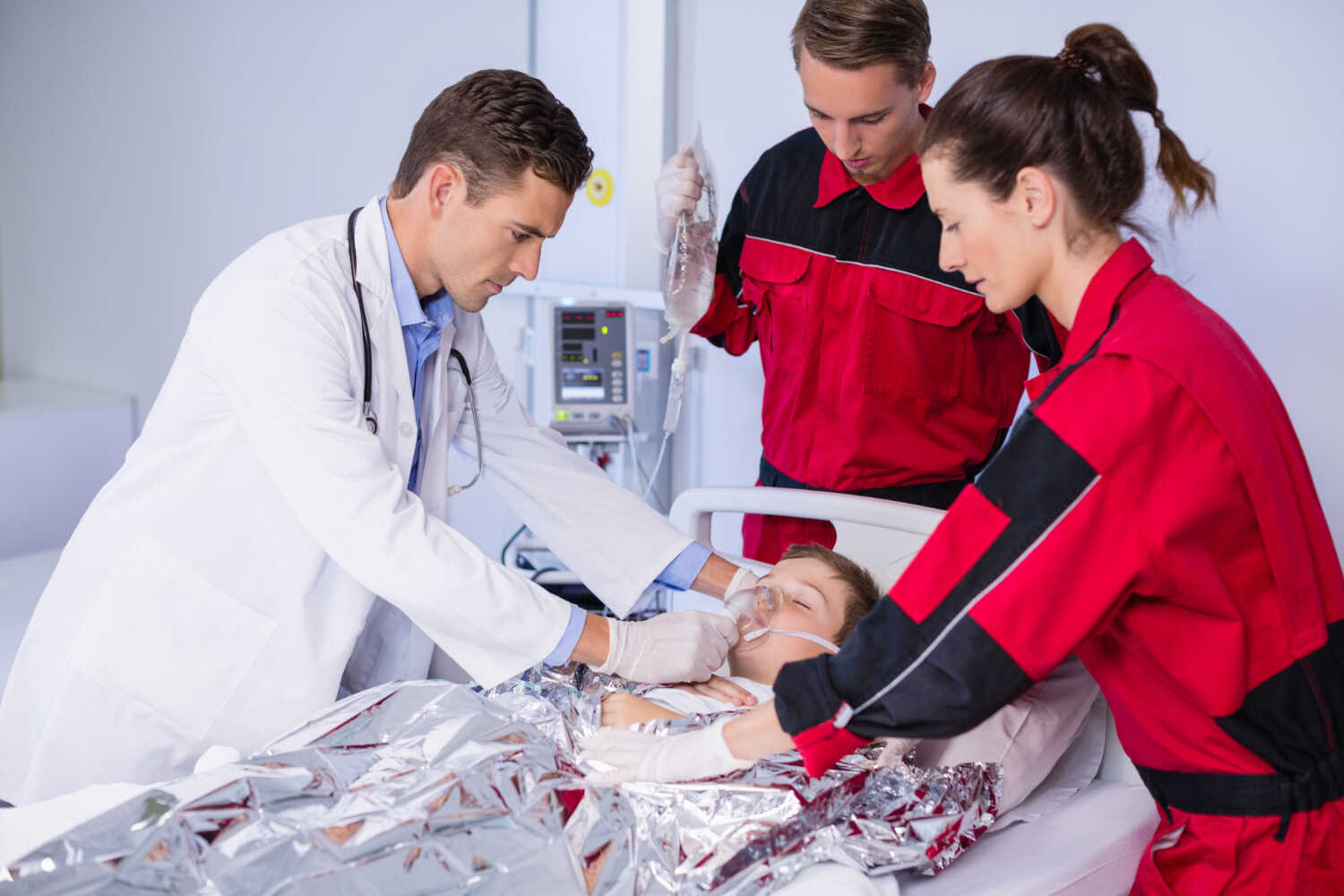Primary care providers play a crucial role in handling emergencies and urgent care. They are the first line of defense when something unexpected happens. Whether it’s a sudden illness or a minor injury, they know how to respond swiftly. They assess the situation, stabilize patients, and determine the next steps. From broken bones to Irving std screenings, primary care providers tackle a wide range of urgent needs. They ensure that the right care is provided at the right time.
Understanding the Role of Primary Care Providers
Primary care providers are often the first contact in the healthcare system. They are trained to handle a wide array of conditions. They are skilled at diagnosing, managing, and preventing health problems. Their role is to ensure continuity of care. This means they follow up with patients after initial treatment to ensure recovery is on track. Primary care providers also coordinate with specialists if needed.
Emergency Versus Urgent Care
It’s important to understand the difference between emergencies and urgent care. Emergencies are life-threatening situations. They require immediate attention. Urgent care, on the other hand, involves conditions that need quick care but are not life-threatening. Primary care providers are equipped to handle both, but their approach may vary based on the severity.
| Category | Examples |
| Emergency | Heart attack, severe bleeding, head injuries |
| Urgent Care | Sprains, minor cuts, fever |
Steps Taken by Primary Care Providers
When faced with emergencies or urgent care needs, primary care providers take several steps:
- Quick Assessment: They perform a rapid evaluation to understand the situation.
- Stabilization: They stabilize the patient as needed to prevent the condition from worsening.
- Coordination of Care: They refer to specialists or emergency services if additional care is needed.
Common Procedures in Urgent Care
In the realm of urgent care, primary care providers perform various procedures. They can conduct minor surgeries, administer vaccinations, and provide wound care. They also handle common illnesses like the flu or infections. According to the Centers for Disease Control and Prevention, vaccination is a critical component of preventive care. Primary care providers ensure that vaccines are up-to-date, which helps prevent emergencies.
Aftercare and Follow-up
Routine care is more effective after treatment. Primary care providers emphasize aftercare and follow-up. They ensure that patients adhere to treatment plans and recover fully. They schedule follow-up appointments to monitor progress. This step is crucial in preventing future emergencies. They also educate patients on managing their conditions at home.
Choosing a Primary Care Provider
It’s vital to choose a primary care provider who is accessible and trustworthy. Look for providers who prioritize communication and patient education. Check their credentials and experience. Many primary care providers are part of larger healthcare networks. These networks offer resources like electronic health records for better care coordination. The National Institutes of Health recommends considering factors like location and office hours when selecting a provider.
Conclusion
Primary care providers are essential in managing emergencies and urgent care. They offer a comprehensive approach, from quick assessments to follow-up care. Understanding their role helps in making informed decisions about healthcare. By relying on primary care providers, patients can ensure timely and effective care. This not only addresses immediate health concerns but also contributes to long-term well-being.





